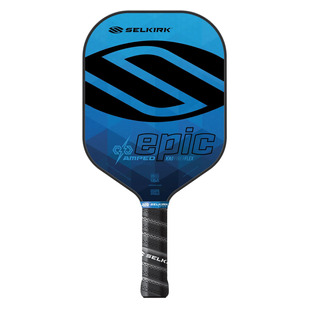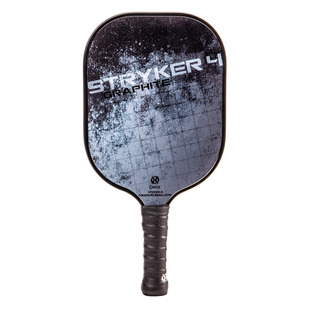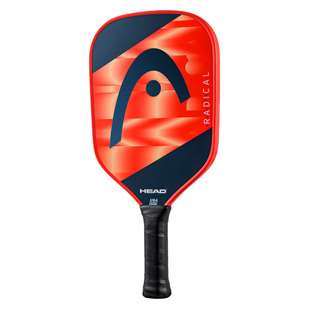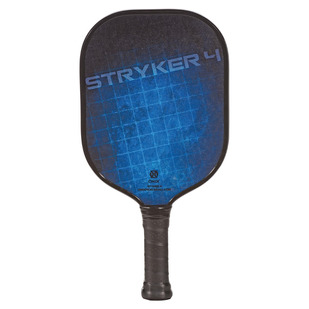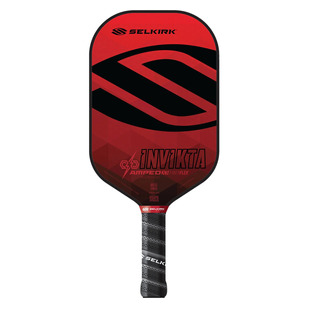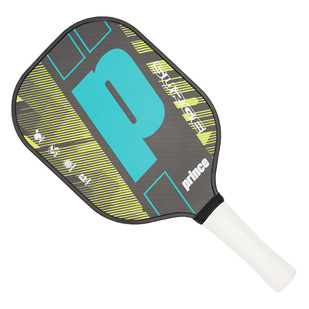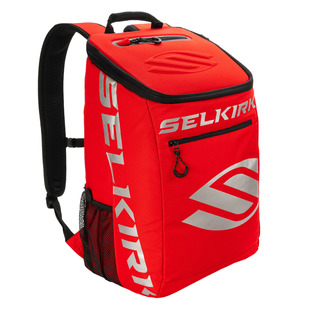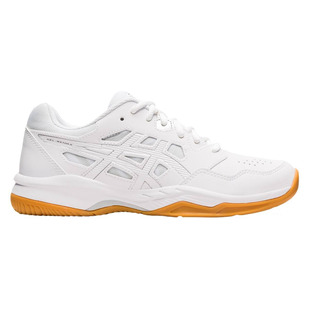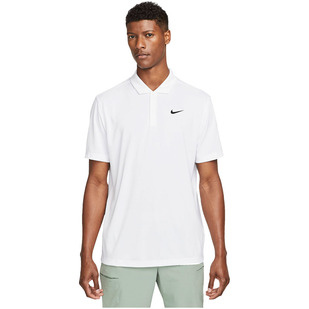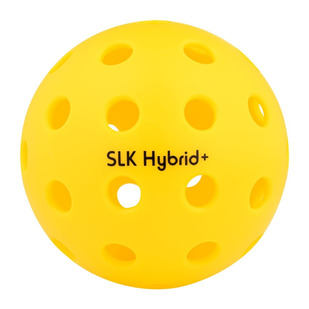1. What is pickleball?
As mentioned, pickleball is a hybrid of several racket sports. As with those sports, the objective in pickleball is to score points by hitting the ball into the opponent's playing area without them being able to return it.
Pickleball borrows most of its upper and lower body movements from tennis. It takes the dimensions of its court from badminton, the rigid-surfaced paddle from ping pong, and the size of the paddle from racquetball.
Pickleball can be played both in singles (two players facing each other) and doubles (two teams of two players facing each other). It can be played indoors as well as outdoors on a hard surface that allows for proper ball bounce.
The net, lower than in tennis, is set at a height of 34 inches at the centre and 36 inches at the outer lines. The ball used is made of hard plastic and perforated one with circular holes.
The relatively simple rules of pickleball make it a very easy sport to learn, making it even more enjoyable for everyone.















